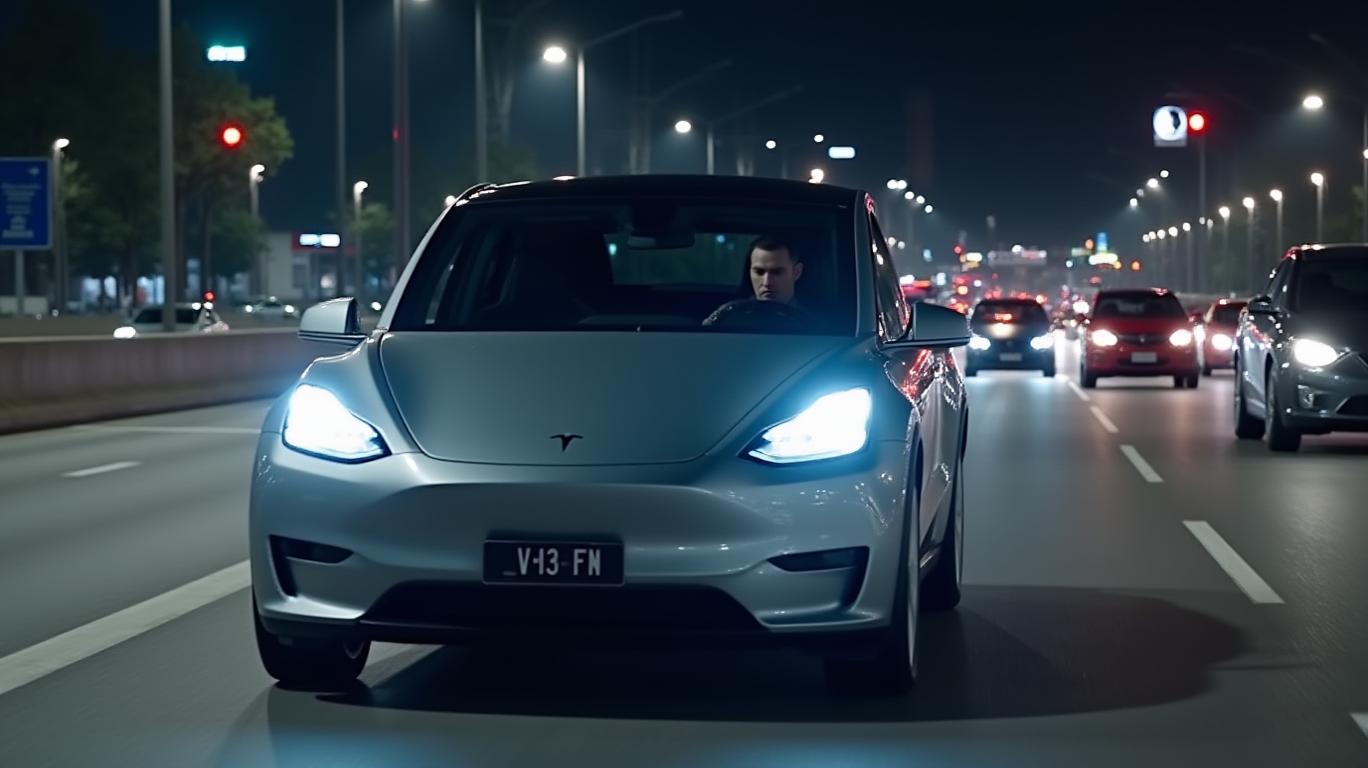Tesla has launched its refreshed Model Y in the US, with a significant 25% price hike and the inclusion of the Full Self-Driving (FSD) feature as standard. This strategic move by the electric vehicle (EV) giant is set to enhance its competitive position in the market and strengthen its long-term strategy in the autonomous vehicle sector. Let's delve into the factors contributing to this price increase, its impact on the vehicle's competitive position, and the implications for Tesla's overall financial performance.
Factors Contributing to the Price Increase
1. Increased demand and production capacity: Tesla has been expanding its production capacity, but demand has not always kept pace. Price changes have been a go-to strategy for Tesla to boost demand and close the gap between production and orders. In this case, Tesla is seeing stronger demand for the popular electric SUV, justifying the price increase.
2. Refreshed model with additional features: The price increase comes with the launch of the refreshed Model Y, which includes the Tesla full self-driving feature as standard. This additional feature justifies the price increase.
3. Market conditions and competition: Tesla's competitors in the EV market are also increasing their prices due to market conditions and supply chain issues. By increasing the price of the Model Y, Tesla can maintain its competitive position in the market.
Impact on the Model Y's Competitive Position
The 25% price increase may lead to a decrease in demand for the Model Y, as customers may be more price-sensitive, especially in a competitive market. However, Tesla's strong brand and unique features may mitigate this effect. Additionally, the inclusion of the FSD feature as standard enhances the vehicle's value proposition, making it more appealing to customers who prioritize safety and convenience.
Implications for Tesla's Financial Performance
The potential consequences of the price increase on Tesla's sales, market share, and overall financial performance in the US are complex and multifaceted. While a decrease in sales and market share is possible, Tesla's ability to manage production capacity, communicate the value of its products, and adapt to market conditions will ultimately determine the impact of the price increase on its financial performance.
In conclusion, Tesla's decision to increase the price of the Model Y by 25% in the US is a strategic move to capitalize on increased demand, the launch of a refreshed model with additional features, and to maintain its competitive position in the market. The impact of this price increase on the Model Y's competitive position and Tesla's overall financial performance will depend on how customers perceive the value of the vehicle relative to its price.






Comments
No comments yet